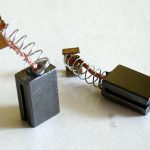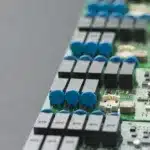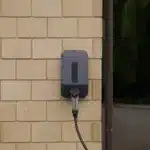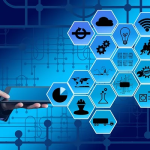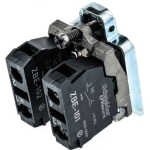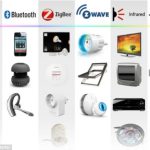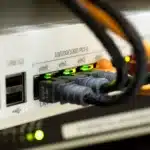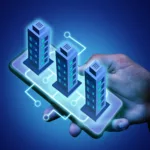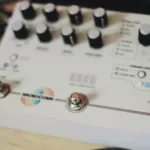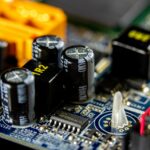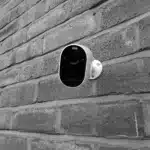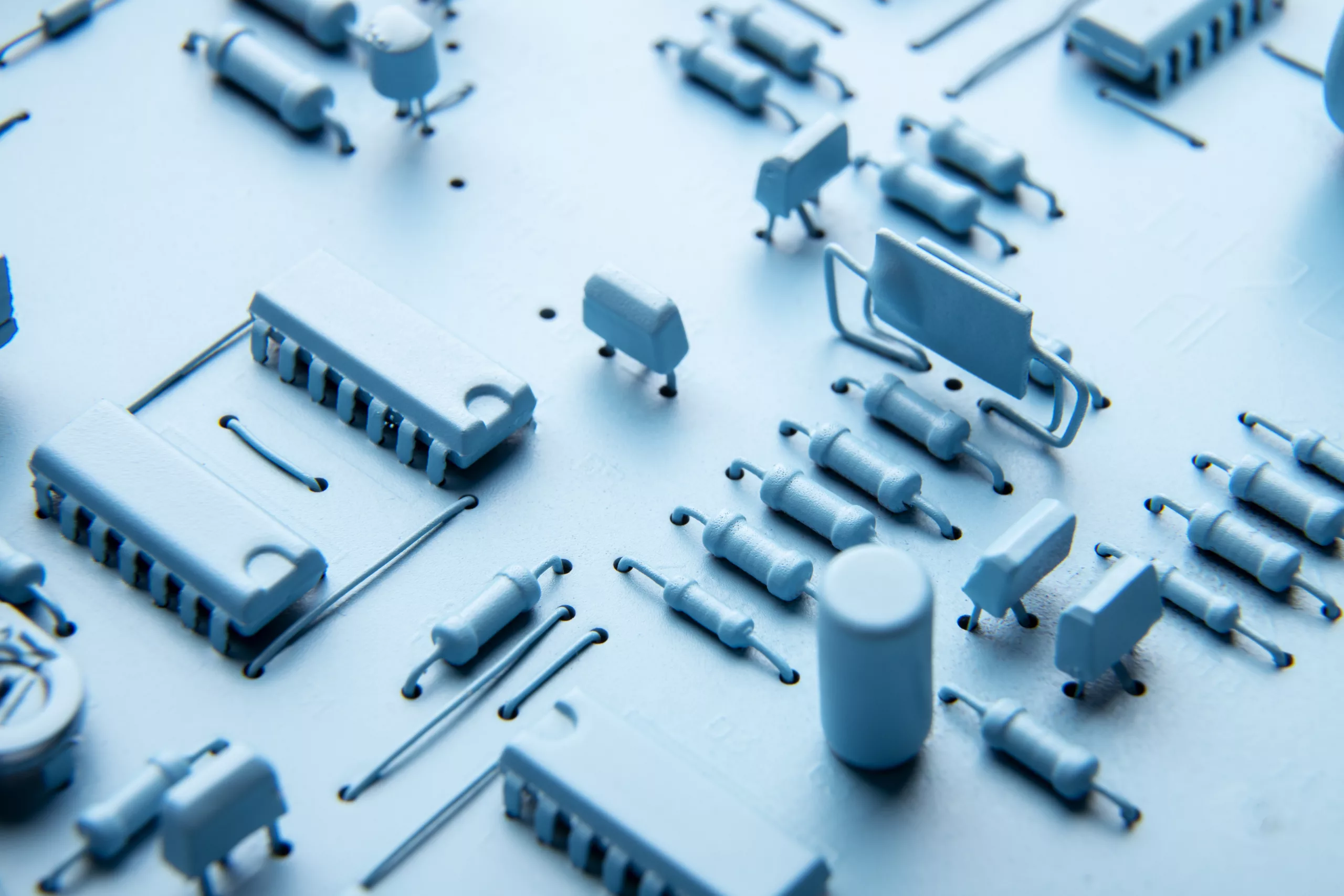
Introduction
IoT, the “Internet of Things”, has brought significant advancements in various aspects of our daily lives. However, behind the scenes, power electronics play a crucial role in making this IoT revolution possible. Power electronics and the Internet of Things are two transformative technologies that, when combined, can unlock a multitude of benefits across various industries. This blog post explores the significance of power electronics in the IoT revolution and how it enables the seamless functioning of IoT devices and systems.
Understanding Power Electronics: Exploring the Significance
Power electronics–a branch of electrical engineering, mainly deals with converting and controlling electrical power using electronic devices and circuits. Its primary goal is to manage the flow of electrical energy efficiently, ensuring it reaches the devices and systems at the correct voltage levels. Power electronics mainly involves designing and developing efficient and precise electronic systems and circuits to efficiently manage the generation, distribution, and consumption of power. Some of the most notable devices include power converters, inverters, rectifiers, and controllers.
Power electronics, the backbone of the IoT ecosystem, is of significant importance, especially in IoT ecosystems. It ensures the IoT devices are supplied with the right amount of electrical power to function efficiently–managing power requirements and ensuring optimal energy utilisation.
Power Electronics with IoT: Unleashing the Importance
The synergy between power electronics and IoT holds tremendous importance–bringing greater innovation and transformative impacts across various sectors. These transformative technologies, when combined, offer a wide range of benefits and possibilities, including:
Energy Efficiency Matters
One of the most significant challenges in IoT is the need for energy-efficient devices. Many IoT devices operate on batteries or have limited access to power sources. Power electronics are substantial in optimising energy consumption, extending battery life, and reducing the overall environmental impact of IoT technology.
Voltage Regulation for Reliability
IoT devices are often deployed in diverse environments with varying voltage levels. It help regulate voltage to ensure the reliability and longevity of these devices. By maintaining a stable voltage supply, power electronics prevent damage and data loss in IoT sensors and actuators.
Size and Form Factor
IoT devices are known for their compact size and sleek designs. Power electronics components, such as voltage converters and voltage regulators, are engineered to be small and efficient. They enable IoT devices to maintain their form factor while delivering the required power, making them suitable for various applications.
Adaptability to Renewable Energy Sources
With the growing emphasis on sustainability, many IoT devices are designed to operate on renewable energy sources, like solar panels and wind turbines. The systems are essential for efficiently harvesting and managing energy from these sources, allowing IoT devices to function reliably even in remote or off-grid locations.
Power Electronics in Sensor Nodes
Many IoT applications involve a network of compact and power-constrained sensor nodes that collect and transmit data. The technology enables miniaturisation of power supplies and control circuits, making it possible to integrate them seamlessly into sensor nodes, ensuring their uninterrupted operation.
Enhanced Data Processing
It also contribute to the performance of IoT devices by providing stable power to microprocessors and memory components. This ensures that data processing and communication within the IoT network are seamless, leading to faster response times and improved overall performance.
Wireless Charging
Wireless charging is gaining prominence in the IoT landscape, eliminating the need for physical connectors and cables. Power electronics facilitate wireless charging systems, ensuring safe and efficient energy transfer between charging pads and IoT devices.
Scalability and Connectivity
The IoT ecosystem continues to expand rapidly, with billions of devices connecting to the internet. It’s systems are scalable, allowing IoT networks to grow without compromising power efficiency. This scalability is essential for accommodating the increasing demand for connected devices and applications.
Safety and Durability
In harsh environments or during power fluctuations, IoT devices must remain operational. It’s components are designed with safety features that protect IoT devices from voltage spikes, short circuits, and other electrical anomalies, ensuring their durability and reliability.
Bottom Lines
Power Electronics and IoT are intertwined, with power electronics providing the necessary hardware and solutions to power and manage IoT devices efficiently. The combination of bespoke innovative technologies enables the development of smart and energy-efficient systems that are a fundamental part of our modern, efficient, sustainable, and connected world.






